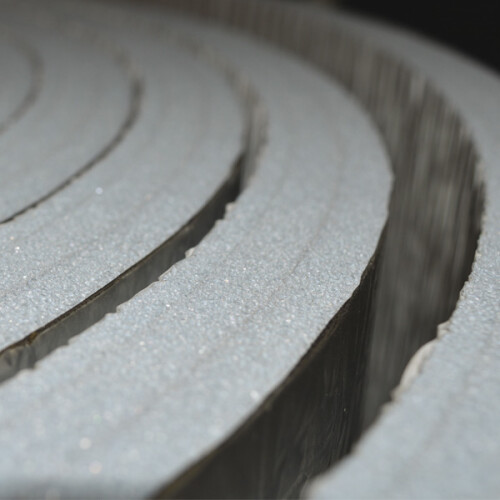Thermal insulation
Thermal insulations: essential for energy efficiency in systems
Thermal insulations are essential components for improving energy efficiency in various sectors, including HVAC (heating, ventilation, and air conditioning), plumbing, and industrial applications.
These materials reduce heat loss and heat gain, helping to maintain stable temperatures and lower energy consumption. In this article, we will explore the characteristics of thermal insulations, their benefits, how they work, and key considerations for their selection and installation.
Page: 1 di 1
Characteristics of thermal insulations
- Materials used: Thermal insulations can be made from various materials, including fiberglass, rock wool, expanded polystyrene (EPS), extruded polystyrene (XPS), polyurethane foam, aerogel, and reflective materials. The choice of material depends on the specific application and operating conditions.
- Thermal conductivity: Thermal conductivity, measured in watts per meter-kelvin (W/mK), indicates the material's ability to conduct heat. Materials with low thermal conductivity provide better insulation properties.
- Thermal resistance: Thermal resistance, or R-value, measures the insulation's effectiveness in resisting heat flow. A higher R-value indicates better insulating performance.
- Density and thickness: The density and thickness of insulation affect its thermal and acoustic properties. Greater thickness and density generally improve insulation efficiency but also increase weight and cost.
- Fire and moisture resistance: Thermal insulations must be resistant to fire and moisture to ensure safety and durability. Fire-resistant and water-repellent materials are preferred in many applications.
How thermal insulations work
- Reducing heat flow: Thermal insulations minimize heat transfer through system surfaces, reducing heat loss in winter and heat gain in summer. This is achieved by trapping air or other low-conductivity gases within the insulating material.
- Thermal barrier: They act as a barrier that slows down heat transmission between two environments with different temperatures, keeping warm air inside during winter and cool air inside during summer.
- Condensation prevention: Thermal insulations help prevent condensation on cold surfaces, reducing the risk of mold formation and corrosion in HVAC and plumbing systems.
- Acoustic insulation: Some insulation materials also provide sound-absorbing properties, reducing noise transmission through ducts and system walls.
Innovations in thermal insulations
- Advanced materials: The use of advanced materials such as aerogels, nanomaterials, and composites is improving insulation properties while reducing weight and required thickness.
- Reflective technologies: Reflective insulations use metallic surfaces to reflect radiant heat, enhancing energy efficiency without significantly increasing thickness.
- Eco-friendly insulations: The development of eco-friendly and recyclable insulation materials, such as sheep wool and cellulose, offers sustainable solutions for thermal insulation.
- Prefabricated systems: Prefabricated and modular insulation systems facilitate installation, improve precision, and reduce waste and assembly times.










